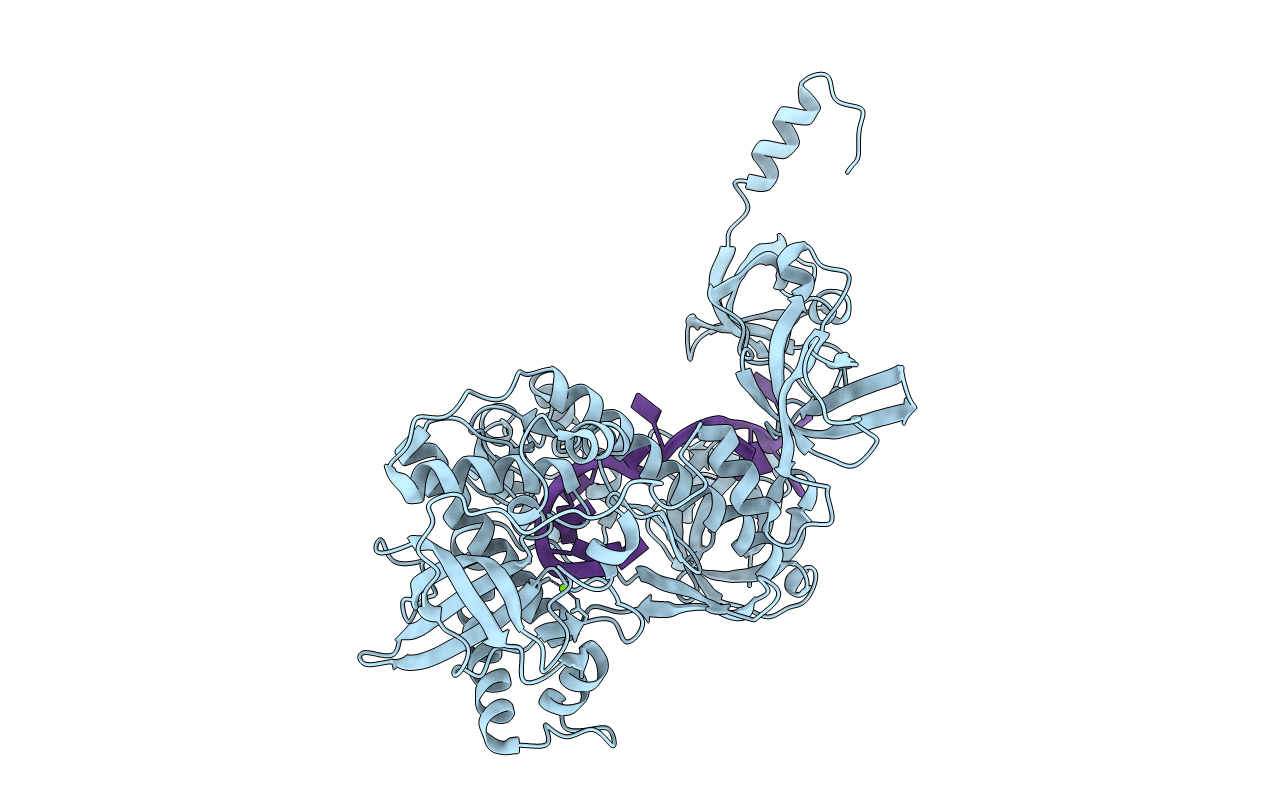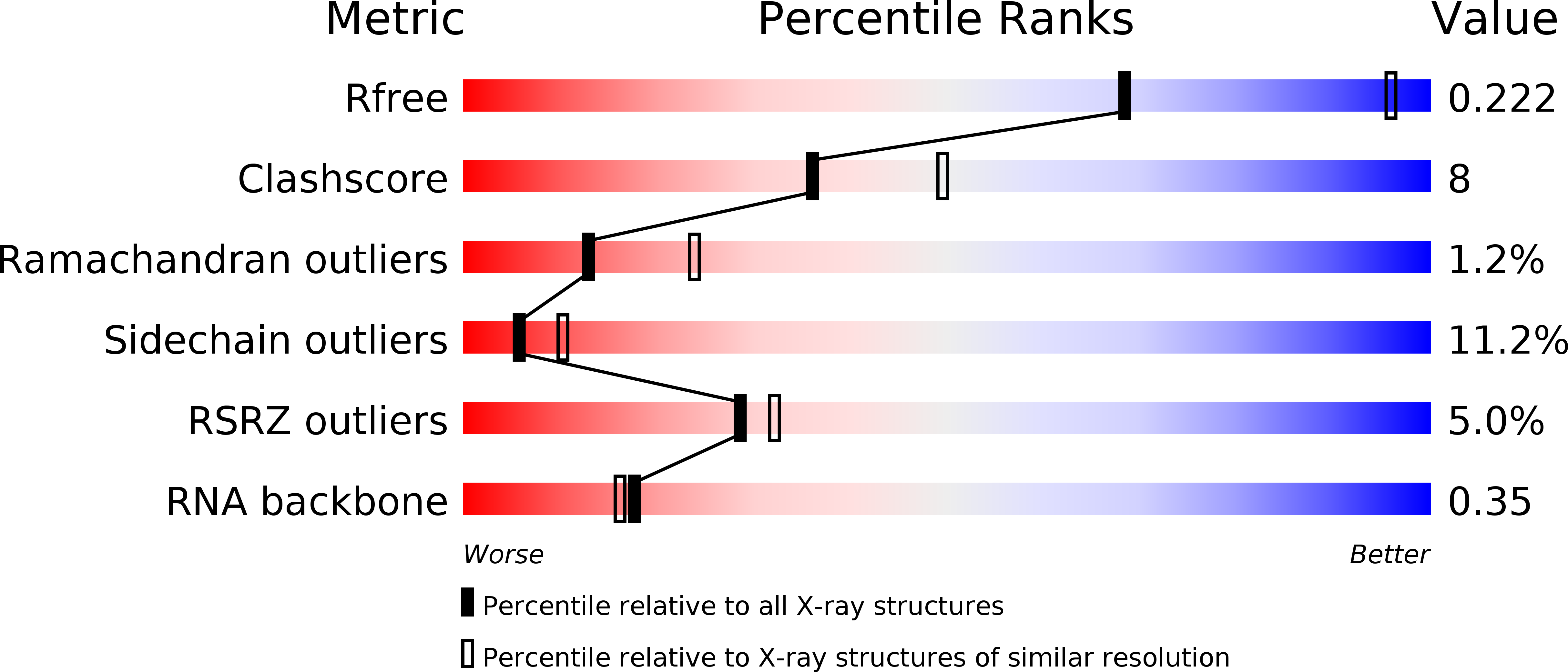
Deposition Date
2006-07-05
Release Date
2006-10-05
Last Version Date
2024-05-08
Entry Detail
Biological Source:
Source Organism:
ESCHERICHIA COLI (Taxon ID: 562)
ESCHERICHIA COLI BL21(DE3) (Taxon ID: 469008)
ESCHERICHIA COLI BL21(DE3) (Taxon ID: 469008)
Host Organism:
Method Details:
Experimental Method:
Resolution:
2.74 Å
R-Value Free:
0.22
R-Value Work:
0.18
R-Value Observed:
0.18
Space Group:
P 65


